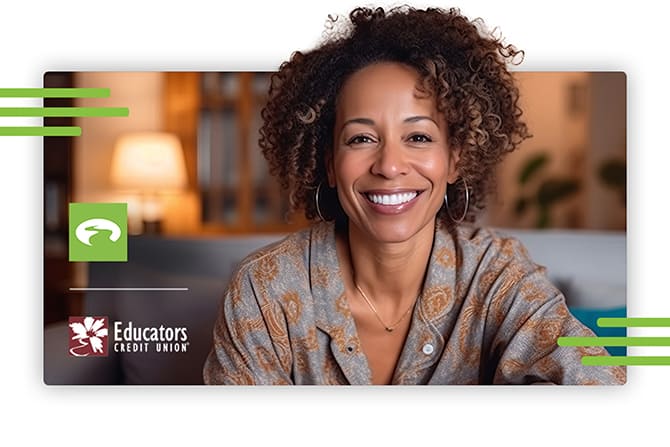Preparing to pay your student loans back?

The federal student loan payment pause that has been in place since the beginning days of the COVID-19 pandemic is ending. The Department of Education has announced interest will resume and payments are expected to continue in October.
Three and a half years after these payments were last due, many of our budgets will need to be adjusted to make room. Evaluating your full financial picture and making a repayment plan goes a long way towards reducing stress and uncertainty.
Unsure where to start? Read on!
Verify servicer(s).
As an outcome of contract transfers and terminations mid-pandemic, your servicer(s) may have changed since 2020. You’ll need to confirm who will be receiving future payments and ensure they have your updated contact information.
If you have private loans, review any correspondence you’ve received from your original loan servicer, reach out to your school’s financial aid office for help tracking that information, or visit AnnualCreditReport.com for a free report that lists loans in your name.
If you have federal loans, visiting the Federal Student Aid website is the simplest, most efficient way to access your federal loan information and verify current servicers. You’ll first need to log in with your FSA ID (create one here if you don’t have one already.) Once logged in, you can view your original principal amount, current balance and interest rate.
Evaluate repayment.
Much can change within our big picture in three years. Is your student loan payment still affordable? Check out the Department of Education’s Loan Simulator to help decide what repayment strategy fits your priorities. For instance, do you value a lower monthly payment or faster payoff? Look into an income-driven repayment plan which takes your current earnings into account and can lower your monthly payment.
Set aside savings.
Once you know what your monthly loan payment will be, transfer that amount to a separate savings account monthly. By accounting for this reduction in your budget sooner rather than later, you’ll lessen the initial impact of repayment, and you’ll be back in the habit of making this a monthly routine.
Consider consolidation.
Depending on whether you have federal loans, private loans, or a combination, loan consolidation could potentially reduce your payment burden. For federal loans, you can apply for a Direct Consolidation Loan which allows you to combine education loans with zero application costs, and most people complete the process in 30 minutes or less. You can also refinance your private education loans (in which you replace one or more private loans with another). Educators Credit Union can help you refinance your student loans. Click here for more information.
Seek support.
If you’re feeling overwhelmed at the prospect of repayment, you don’t have to figure it all out on your own! As a member of Educators Credit Union, you have access to free resources and counseling from our partners at GreenPath Financial Wellness. GreenPath counselors help you look at your total financial picture to develop a personalized repayment plan.
This article is shared by our partners at GreenPath Financial Wellness, a trusted national nonprofit.
